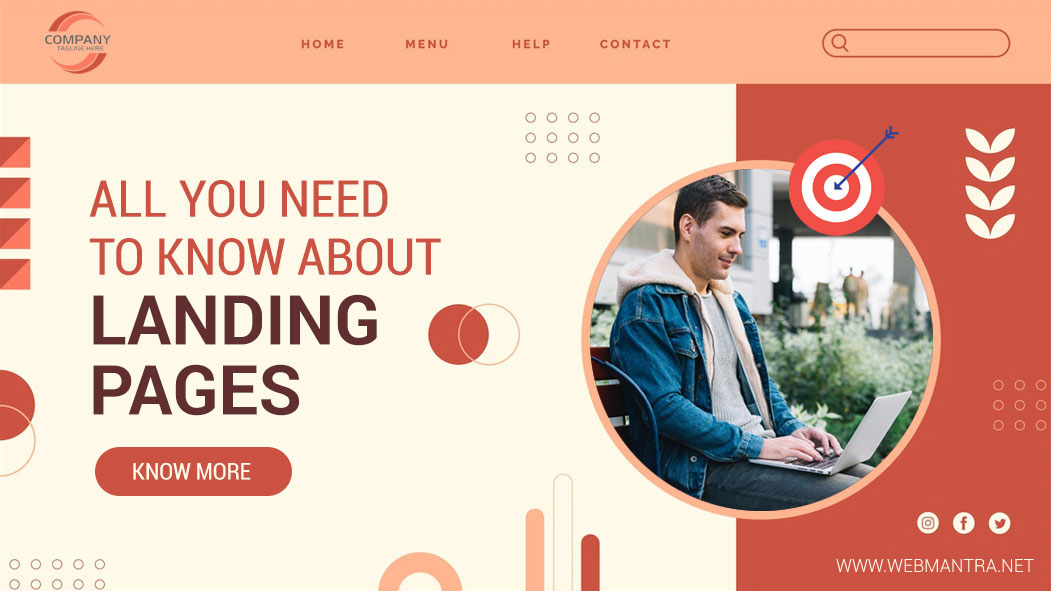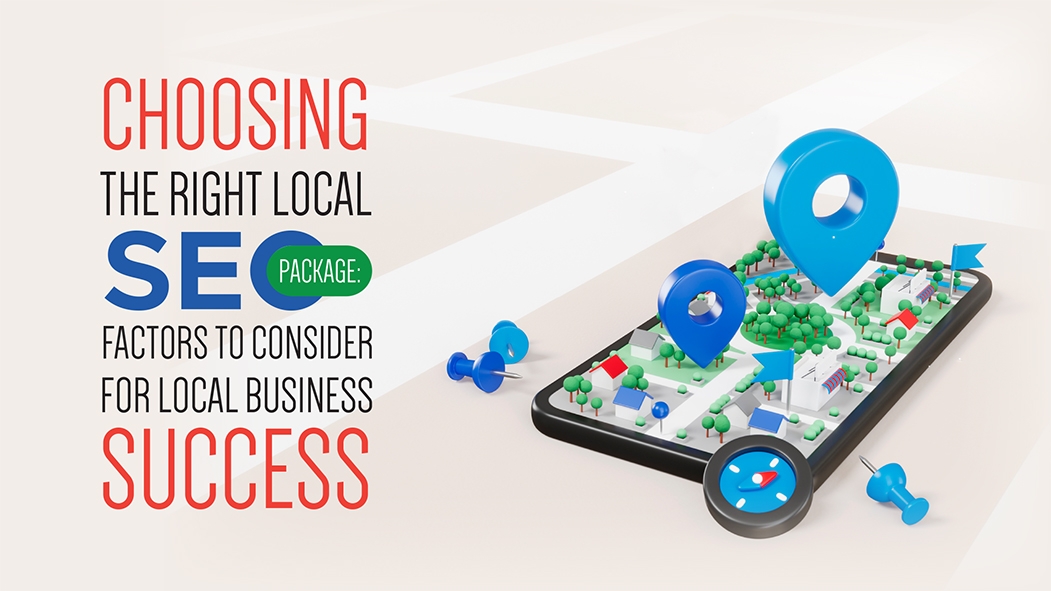March 28, 2022

It's impossible to exaggerate the value of landing pages. They act as a bridge between your target audience and the campaign goals. The conversion rate of a landing page is directly proportional to the campaign's success. The difference between a successful high-converting landing page and a failed one can be as simple as the difference between an optimized and unoptimized landing page. Landing pages that are well-designed always pay off.
Before we delve into the discussion related to the a landing page, let us learn what exactly is a landing page.
What is a Landing Page?
A landing page is a website designed to entice visitors to take a specific activity. It is the first page of your website that a visitor sees. The goal of a landing page is to capture and convert a user, so it should be designed with this in mind. A high-converting landing page example could be using an opt-in form if you want users to sign up for your email marketing list or purchase something from your online store. Or if you want readers to enter contests, read about the brand or get more information about your topic, then consider using a form for lead generation purposes.
A conversion-focused web form is the most frequent type of landing page, with the objective of collecting email addresses, phone numbers, or both. Landing pages usually have a single purpose, such as collecting leads or publicizing a special deal.
Let us better understand landing pages with examples.
What Are High-Converting Landing Page Examples?
The majority of your landing pages branch from your website, and they vary depending on the purpose. Here are two high-converting landing pages examples:
1. eCommerce Landing Page
Instead of focusing on the brand, eCommerce landing pages emphasize what visitors will get. A landing page for eCommerce encourages customers to check out and buy the product you're selling online. This is also known as a product landing page, however, most people refer to it as an eCommerce landing page. It also makes use of high-resolution images, ample white space, unambiguous call-to-action instructions, and social proof.
2. Lead Capture Landing Page
A lead capture page is a landing page that has been specifically created to collect information about your leads, such as their name, email address, and contact information. The idea here is to engage with your leads, develop a relationship with your prospects, and eventually convert them into loyal customers.
Here are some core components of a high-converting landing page that you should use as a starting point:
What Is The High-Converting Landing Page?
Here are some core components of a high-converting landing page that you should use as a starting point:
1. Your USPs
Considering the fact that your USPs, or Unique Selling Propositions, distinguish you from the competition, it's critical to mention them on your landing page. The following elements of the page communicate the narrative of why your offer is unique:
- The Main Headline - The first thing your customers will notice has to be attractive enough to make them want to continue reading.
- A Supportive Headline - Another headline that explains what your readers will get in return for reading your page.
- A Reinforcing Statement - If your landing page is lengthy, it's a good idea to reinforce your USP with a remark towards the center of the page.
- A Closing Statement - A closing statement reinforces your unique selling proposition and provides one last opportunity for your reader to convert.
2. Visual Elements of Exceptional Quality
Your landing page should tell your customers who you are and what your business is about by retaining their attention by reinforcing your values online. How can you do that? By adding superior quality of visual elements. The layout, colors, designs, templates, images, and everything of such sorts is a significant organ in all high-converting landing page.
3. Social Proof
Social proof is a strong feature to incorporate in your landing page because Social Media refers to the influence that individuals around us have on our decisions. After all, we can all recall a time when a friend influenced a decision we made. Case studies, video interviews, testimonials, review scores, and direct statements from customers are all examples of this.
4. Distractions? Not Allowed!
Landing page differs from a website in that it is designed to be much more concentrated. You want your target audience to follow a single thought process to absorb the information related to why they're on the landing page in the first place, rather than offering them unlimited freedom to explore. There should be no external links or superfluous material that could cause your readers to become distracted.
5. Do Not Forget Call-To-Action
Finally, a landing page should only have one conversion goal—otherwise, it's not a landing page. This is provided to your visitor as a call-to-action (CTA), which can be a solo button on a clickthrough page or a form on a lead generation landing page. One best practice is to have a visible CTA button no matter where your consumer is on the page, such as a modest banner at the bottom of the page or numerous locations.
Now, the only thing left for you is to get optimization services for your landing pages.
Optimization Services For Your Landing Page
When you look at the bigger picture, a high-converting landing page is a part of your digital marketing strategy one of the many ways to grow your customer base.
In today’s business world, digital marketing is one of the most potent tools for engaging with potential customers, improving your conversion rates and driving revenue. That’s where our Landing Page Optimization Services come in!
Our Landing Page Optimization Services include:
- Content development to incorporate your brand message and sell your products or services
- Design of a website and conversion focused landing page design.
- Integration of key performance indicators (KPIs)
- Optimization for conversion rate optimization (CRO).

 Academy
Academy






